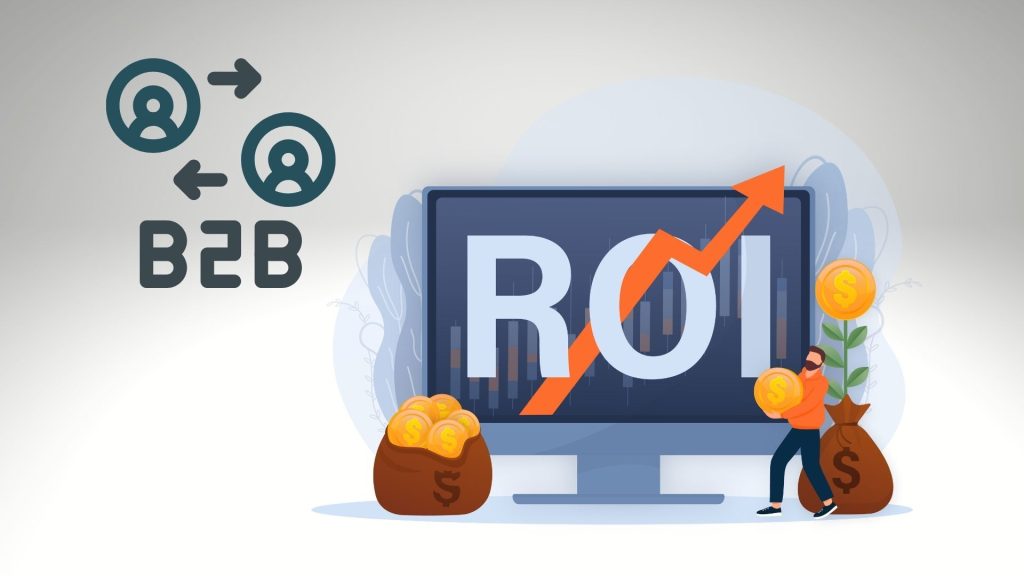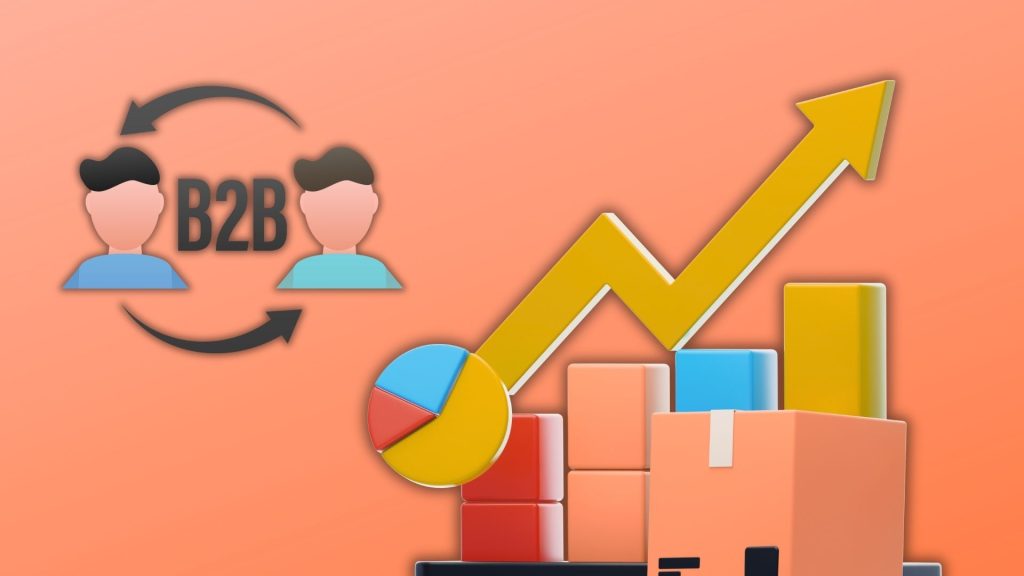How To Optimize Funnels in B2B Marketing for Better Conversion Rates

A B2B marketing funnel is the structured path that potential customers follow, from discovering your brand to becoming paying clients. This journey typically includes stages like awareness, engagement, qualification, and conversion. Optimizing this funnel is crucial: it helps you reduce drop-offs, improve lead quality, and ultimately drive more revenue.
By refining each stage, you can make your marketing spend more efficient and build a predictable pipeline of sales-ready opportunities. This guide explains how to optimize each stage of the B2B marketing funnel, improve collaboration between teams, and boost overall conversion rates.
Key Takeaway:
Optimizing a B2B marketing funnel requires understanding each stage, from awareness to conversion, and identifying where leads drop off. Aligning marketing and sales, refining lead qualification, and leveraging technology like CRM and automation can significantly improve lead flow and conversion rates. Continuous review, testing, and cross-team collaboration ensure your funnel remains efficient, predictable, and revenue-focused.
Key Stages of a B2B Marketing Funnel
To optimize your funnel, you first need to understand its stages, something any experienced B2B marketing agency focuses on from the start. Awareness is where prospective customers first encounter your content or outreach, through blog posts, social media, SEO, or paid ads. Next comes Engagement, when leads begin to interact: downloading whitepapers, subscribing to newsletters, or attending webinars.
In the Lead Qualification phase, you classify leads into Marketing Qualified Leads (MQLs) and Sales Qualified Leads (SQLs), those most likely to convert. Then, in the Opportunity stage, the sales team engages directly, nurturing leads toward close. Finally, Conversion is the moment the deal is won and a prospect becomes a customer.
Common Funnel Challenges in B2B Marketing
Despite its importance, the B2B funnel often leaks value. One major issue is lead drop-off: many prospects abandon the journey at early or mid-stages. Another challenge is the misalignment between marketing and sales. If both teams don’t agree on what constitutes an MQL or SQL, leads can stagnate.
Poor lead scoring also undermines progress, as unqualified or low-potential leads clog up the system. Lastly, slow follow-up kills momentum: in B2B scenarios with long decision cycles, timely responses can make or break conversions.
Steps to Optimize Your B2B Marketing Funnel
1. Analyze Funnel Metrics
Begin by tracking key metrics such as conversion rates and pipeline velocity for every stage of your funnel. For example, monitor how many website visitors become leads, how many of those become MQLs, and so on. Benchmarking helps: B2B visitors converting to leads often average between 2%–5%, while later stages, like SQLs turning into opportunities, can convert at 50%–62%. Identifying where the largest drop-offs occur allows you to focus your optimization efforts on the weakest stages.
2. Align Marketing and Sales Teams
Effective funnel optimization requires tight coordination between marketing and sales. Define clear, shared criteria for MQLs and SQLs so both teams agree on what a “qualified lead” means. Establish Service Level Agreements (SLAs) to formalize lead handoff processes – for instance, marketing must deliver MQLs by a certain volume or quality, and sales must commit to response times. Regular cross-team meetings and shared dashboards can help maintain alignment and transparency.

3. Refine Your Lead Qualification Process
Rather than treating all leads equally, use data-driven lead scoring to prioritize prospects with the highest buying potential. Leverage intent signals (like visiting pricing pages) and firmographic data (industry, company size) to better understand where leads are in their buyer journey. Then, build personalized nurture campaigns that address prospects’ pain points and behaviors. Tailored content, for example, follow-up emails based on webinar attendance or high‑interest topics, boosts engagement and moves more leads toward the SQL stage.
4. Improve Content and Engagement
Content must align with where leads are in the funnel. At the Awareness stage, produce educational content, blogs, e-books, or explainer videos, that helps your audience understand their challenges. In the Engagement stage, use case studies, webinars, or ROI calculators that speak to your leads’ business needs. Don’t rely on a single channel: combine email campaigns, social media, and live or virtual events to nurture leads on multiple fronts. This multichannel strategy ensures you reach your audience where they prefer to engage.
5. Leverage Technology and Automation
Modern tools can dramatically improve your funnel’s efficiency. Use a CRM (like Salesforce or HubSpot) integrated with a marketing automation platform to track and nurture leads. Automate lead handoffs, escalation, and follow-ups through workflows while using AI-powered insights to optimize messaging. Predictive scoring models and intent data can help you prioritize outreach, and triggers can dynamically move leads to the next funnel stages based on their behavior.
6. Regularly Review and Optimize
Optimization is not a one-time effort, make it a routine. Conduct periodic funnel audits to combine quantitative data with qualitative feedback from sales. Use A/B testing and pilot programs to validate changes to conversion paths, email sequences, or content formats. Iterate based on insights: double down on what works, and retire or refine what doesn’t.
Conclusion
Optimizing your B2B marketing funnel is more than a technical exercise, it’s a strategic lever for predictable, scalable revenue. By carefully measuring drop-offs, aligning marketing and sales efforts, refining your lead qualification, and leveraging automation, you can tighten every part of your funnel. Continuous testing and collaboration will help you build a smoother journey that converts more prospects into customers. Start optimizing today: apply these proven strategies, measure rigorously, and let data guide your decisions for growth.


